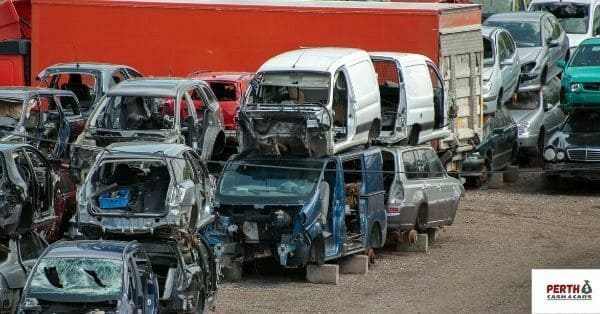Thankfully, the automotive industry is one of the leading recycling innovators – and this is why:
Cars are recyclable
If you’re familiar with our site, you’ll know that car recycling is very much a thing – and endless benefits come from the process.
Not only can you receive money for your scrap car to put towards a new one, but there are opportunities to donate either part or all your entitlement to charity. You may mourn the end of your car’s lifecycle, but when you scrap it, you’re actually breathing new life into it. For example:
- Fabrics are shredded before being recycled and reused in home furnishings.
- Dashboard plastics are turned into polymers before being reused as carpet, rubbish bins or even garden furniture.
- Catalytic converters produce precious metals which are removed with materials such as platinum and reused for wedding rings.
Car scrapping comes with regulations that protect the environment
Once upon a time, car scrapping harmed the environment; toxic fluids used to contaminate water systems when scrappage sites failed to drain cars before compactions. Luckily, this is no longer the case. Legal car scrappage centres must now adhere to environmental regulations, which ensures that hazardous materials such as mercury are disposed of correctly at Recycling centers.
Automotive recycling standards are high
When vehicles are taken to ATFs, they must meet international targets set by the End of Life Vehicles Directive for members of the scrap industry. Specifically, they require ATFs to recycle at least 95% of a car, birthing a mindset of “no material left behind.” This makes the recycling process both bespoke and highly specific – we aim for “no material left behind.”
Earlier we mentioned a few products that can come from car recycling, but this is by no means an exhaustive list. Other elements of your vehicle which can be given new purpose include:
- Leather interiors, which are recycled and reused as handbags or belts.
- Glass windows, which are shredded down to sand before being converted into tiles or ornaments.
- Engine oil, which is regularly converted into fuel used in container ships.
- Metal bodies, which are melted down before being reused as tin cans, bridges, or new cars.
- Tyres, which are recycled into broken pellets and reused as flooring in children’s playgrounds and football pitches.
The automotive industry is a circular economy
Thankfully, it’s not just end of life recycling that takes place in the industry; car manufacturing has become increasingly open to integrating recycled materials into new builds. In 2018, Volvo set a manufacturing target of using 25% recycled plastics in every new car from 2025, and as of right now, Ford use 1.2 billion recycled plastic bottles each year to make plastic parts for its cars. That works out at around 250 bottles per car!
At Perth Cash 4 Cars, we pay the highest price for any vehicle, at any time throughout Perth. Same day payment & removal guaranteed!
- Cash For Cars Perth
- Car Removal Perth
- Junk Car Buyers Perth
- Cash For Trucks Perth
- Cash For Unwanted Cars
- Car Wreckers Perth
- Car Recycling Perth
If you are in Harrisdale and looking for Perth Cash 4 Cars, below is the best way to visit us.


